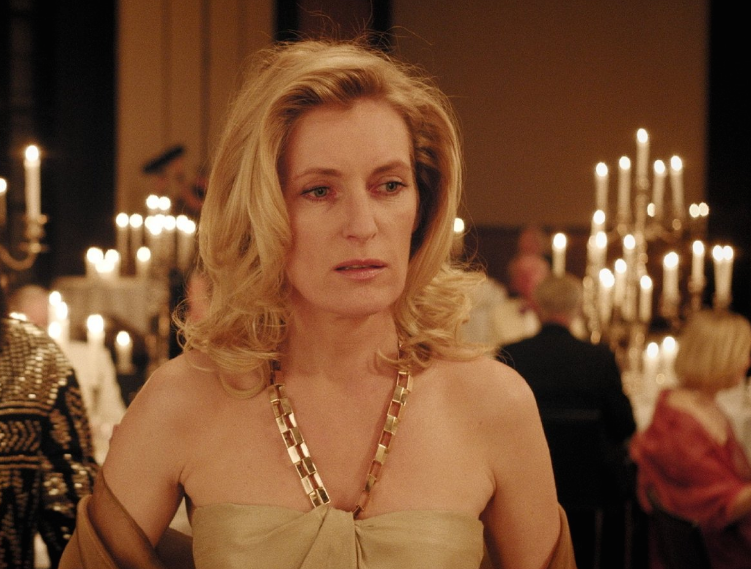Don’t let “Toni Erdmann’s” success fool you: Gender inequality persists in German movies and TV. Per The Hollywood Reporter, a recent study from University of Rostock concluded that “women are sharply under-represented in German media, whether in fiction or on the news, and older women are nearly invisible.” The study’s authors made this statement after evaluating 3,000 hours of German television from 2016 and 800 hours of German-language movies released since 2011.
Actress Maria Furtwängler (Isabelle Stever’s “The Weather Inside,” “Tatort”) requested the study, the first one focusing on gender representation to be conducted in Germany in over 20 years. Furtwängler believes that hard numbers are needed to fully grasp “the enormous power of television and film to transport gender image.” Before the University of Rostock’s research, Germany “lacked the concrete data to illustrate the gender gap,” THR adds.
The study found that 67 percent of main protagonists on German TV series are male. Men comprise 58 percent of film protagonists. “The biggest gender gap is in children’s television, where nearly three quarters (72 percent) of all on-air characters, real or fictional, are male, compared to just 28 percent female,” THR notes. “Even cartoons are mainly macho, with 87 percent of all talking animals animated by a male voice.”
Women fare best in daily soap operas, according to the research. Fifty-two percent of soaps’ main characters are female.
In addition to the overall gender gap, women over 30 are being erased on German screens. After actors reach their mid-30s, there is a sudden decrease in the amount of female characters available. “Men in their 40s are twice as likely to play a lead role in a German film or TV series than a woman of equivalent age,” THR reports. “Men 50 or older are three times as likely to be the star.”
Check out the University of Rostock study’s highlights below, courtesy of The Hollywood Reporter.
- Researchers studied 3,000+ hours of German TV from 2016 and 800+ hours of German-language cinema from the previous six years, examining the number of women versus men onscreen and their roles. The study considered narrative TV series and feature films as well as news, current affairs coverage, and non-fictional programming.
- Men represent 67 percent of the main protagonists on TV (leads in TV series, news anchors, or game show presenters).
- Women comprise 33 percent of main TV protagonists.
- In film 58 percent of leads are male, compared to 42 percent female.
- Children’s TV features the widest gender gap. 72 percent of all on-air characters are male. 28 percent are female.
- Women comprise 52 percent of main characters on daily soaps and telenovelas. “[That’s the] only genre, on film or TV, where a true 50–50 gender balance was found.”
- Men in their 40s are twice as likely to lead a film or series than women in their 40s. Men in their 50s are three times as likely as their female counterparts to topline a project.






